A Fine Collection of Awards to the Men of Bomber Command 1939-45 A fine Second World War D.F.M. group of five awarded to Flying Officer R. Schofield, Royal Air Force, who survived two operational tours, including the Hamburg ‘firestorm’ raids and the Peenemunde raid Distinguished Flying Medal, G.VI.R. (1097825 Sgt. R. Schofield, R.A.F.); 1939-45 Star; Air Crew Europe Star, clasp, France and Germany; Defence and War Medals, minor contact wear, good very fine (5) £1000-1200 Footnote D.F.M. London Gazette 10 December 1943. Flying Officer Ronald Schofield, D.F.M., commenced training as a Flight Engineer in March 1943, having volunteered for aircrew duties after being employed as a Fitter. Posted to No. 101 Squadron at Holme-on-Spalding in May of the same year, he joined the crew of Flight Lieutenant Bill Scrymgeour-Wedderburn, a courageous pilot who possessed a magnificent indifference to all forms of enemy opposition and, in the words of Schofield, was ‘a very colourful character who drove an ancient car, couldn’t bear redtape and who didn’t give a damn for anyone. In the air he was superb.’ This was just as well, for on their second operation, against Bochum, on the night of 13-14 May 1943, their Lancaster was holed in many places by flak. Fellow crew member, Sergeant King, the Wireless Operator, takes up the story: ‘It was inexperience which nearly caused our downfall that night. As I remember we were a few minutes late for E.T.A. over the target and a decision was made between the skipper and Navigator to take a short cut from the route laid down at briefing. This meant flying over Essen, alone. We were caught in a cone by the city’s searchlights and received the complete attention of Essen’s ack-ack defences which were just about the strongest in the world at that time. Bill Scrymgeour-Wedderburn skilfully jinked and weaved and finally dived steeply to gain speed before we managed to shake off the searchlights and gain the advantage once more of darkness. We made it to Bochum and then limped back to Holme full of holes.’ Their Lancaster, “N-Nuts”, was written off, but the replacement aircraft was similarly adorned with nose art depicting a giant nutcracker gripped around a head that bore a remarkable resemblance to Hitler, and in it they returned to the fray - against Dortmund - just 10 nights later. Quickly embroiled in what was to become known as the Battle of the Ruhr, the crew of “N-Nuts” visited in rapid succession Dusseldorf, Essen, Wuppertal, Krefeld, Mulheim (‘Very sticky box barrage’), Cologne (thrice) and Gelsenkirchen. Allocated to Turin on their next run, engine trouble developed over the target, and “N-Nuts” was compelled to return to the U.K. on a course via the South of France, the Bay of Biscay and the Brittany coast, the latter part of the journey being completed at sea-level and in daylight. Just 10 minutes worth of fuel remained by the time she reached home. Towards the end of the same month - July 1943 - Schofield and his crew participated in the famous ‘firestorm’ raids on Hamburg and, shortly afterwards, on the night of 17-18 August, in the attack on the rocket research establishment at Peenemunde. Schofield noted in his Flying Log Book, ‘Large explosion from own bombs’, while his Wireless Operator later confessed to having ‘dropped empty beer bottles with razor blades wedged in the necks which gave a whistling effect similar to a bomb, just as a parting gift.’ Next on the agenda was Berlin, Schofield and his crew visiting the German capital on no less than three occasions, mechanical failure once compelling them to return home on three engines. Finally, on the night of 6-7 September, they completed their first tour of operations with a sortie to Munich. The first complete crew of No. 101 Squadron to survive a tour in tact, they became something of a legend at Ludford Magna, the unit’s new airfield (a.k.a. “Mudford Magna”), when they got home. All were decorated, Schofield receiving the D.F.M. Rested at
A Fine Collection of Awards to the Men of Bomber Command 1939-45 A fine Second World War D.F.M. group of five awarded to Flying Officer R. Schofield, Royal Air Force, who survived two operational tours, including the Hamburg ‘firestorm’ raids and the Peenemunde raid Distinguished Flying Medal, G.VI.R. (1097825 Sgt. R. Schofield, R.A.F.); 1939-45 Star; Air Crew Europe Star, clasp, France and Germany; Defence and War Medals, minor contact wear, good very fine (5) £1000-1200 Footnote D.F.M. London Gazette 10 December 1943. Flying Officer Ronald Schofield, D.F.M., commenced training as a Flight Engineer in March 1943, having volunteered for aircrew duties after being employed as a Fitter. Posted to No. 101 Squadron at Holme-on-Spalding in May of the same year, he joined the crew of Flight Lieutenant Bill Scrymgeour-Wedderburn, a courageous pilot who possessed a magnificent indifference to all forms of enemy opposition and, in the words of Schofield, was ‘a very colourful character who drove an ancient car, couldn’t bear redtape and who didn’t give a damn for anyone. In the air he was superb.’ This was just as well, for on their second operation, against Bochum, on the night of 13-14 May 1943, their Lancaster was holed in many places by flak. Fellow crew member, Sergeant King, the Wireless Operator, takes up the story: ‘It was inexperience which nearly caused our downfall that night. As I remember we were a few minutes late for E.T.A. over the target and a decision was made between the skipper and Navigator to take a short cut from the route laid down at briefing. This meant flying over Essen, alone. We were caught in a cone by the city’s searchlights and received the complete attention of Essen’s ack-ack defences which were just about the strongest in the world at that time. Bill Scrymgeour-Wedderburn skilfully jinked and weaved and finally dived steeply to gain speed before we managed to shake off the searchlights and gain the advantage once more of darkness. We made it to Bochum and then limped back to Holme full of holes.’ Their Lancaster, “N-Nuts”, was written off, but the replacement aircraft was similarly adorned with nose art depicting a giant nutcracker gripped around a head that bore a remarkable resemblance to Hitler, and in it they returned to the fray - against Dortmund - just 10 nights later. Quickly embroiled in what was to become known as the Battle of the Ruhr, the crew of “N-Nuts” visited in rapid succession Dusseldorf, Essen, Wuppertal, Krefeld, Mulheim (‘Very sticky box barrage’), Cologne (thrice) and Gelsenkirchen. Allocated to Turin on their next run, engine trouble developed over the target, and “N-Nuts” was compelled to return to the U.K. on a course via the South of France, the Bay of Biscay and the Brittany coast, the latter part of the journey being completed at sea-level and in daylight. Just 10 minutes worth of fuel remained by the time she reached home. Towards the end of the same month - July 1943 - Schofield and his crew participated in the famous ‘firestorm’ raids on Hamburg and, shortly afterwards, on the night of 17-18 August, in the attack on the rocket research establishment at Peenemunde. Schofield noted in his Flying Log Book, ‘Large explosion from own bombs’, while his Wireless Operator later confessed to having ‘dropped empty beer bottles with razor blades wedged in the necks which gave a whistling effect similar to a bomb, just as a parting gift.’ Next on the agenda was Berlin, Schofield and his crew visiting the German capital on no less than three occasions, mechanical failure once compelling them to return home on three engines. Finally, on the night of 6-7 September, they completed their first tour of operations with a sortie to Munich. The first complete crew of No. 101 Squadron to survive a tour in tact, they became something of a legend at Ludford Magna, the unit’s new airfield (a.k.a. “Mudford Magna”), when they got home. All were decorated, Schofield receiving the D.F.M. Rested at



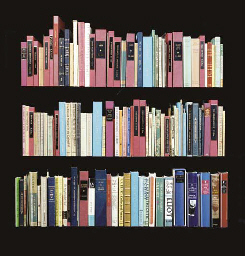
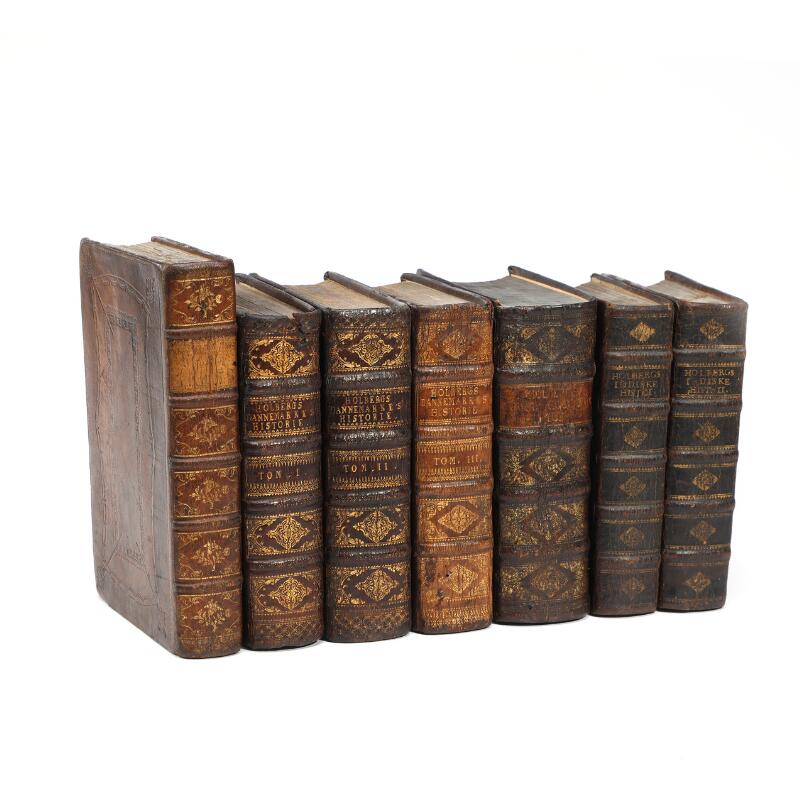
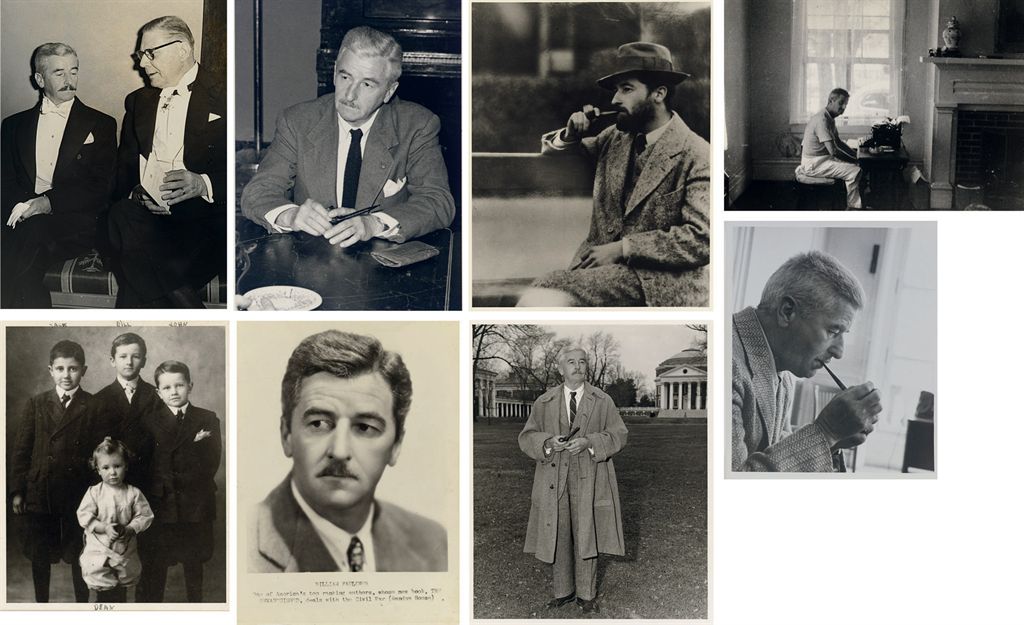





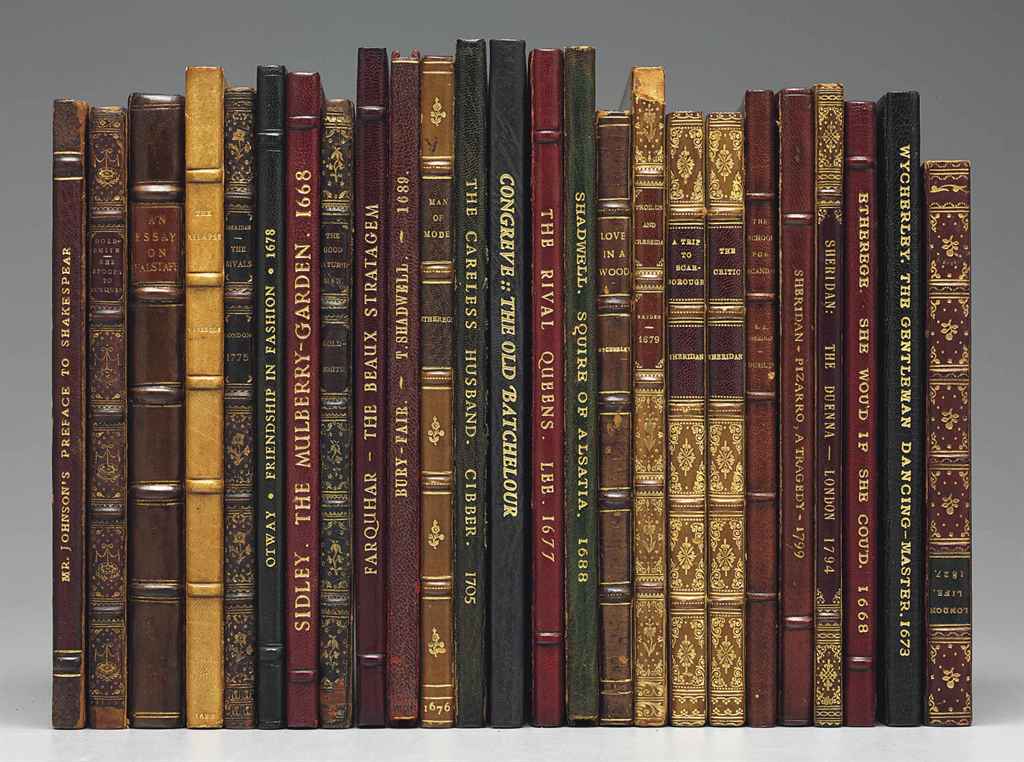
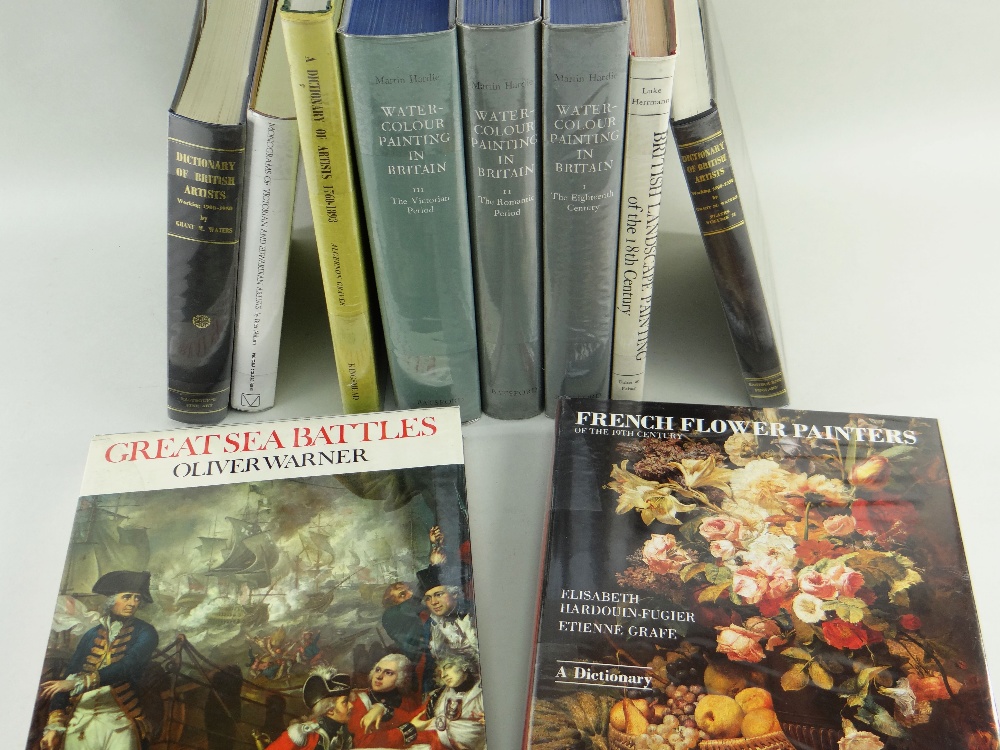


Testen Sie LotSearch und seine Premium-Features 7 Tage - ohne Kosten!
Lassen Sie sich automatisch über neue Objekte in kommenden Auktionen benachrichtigen.
Suchauftrag anlegen